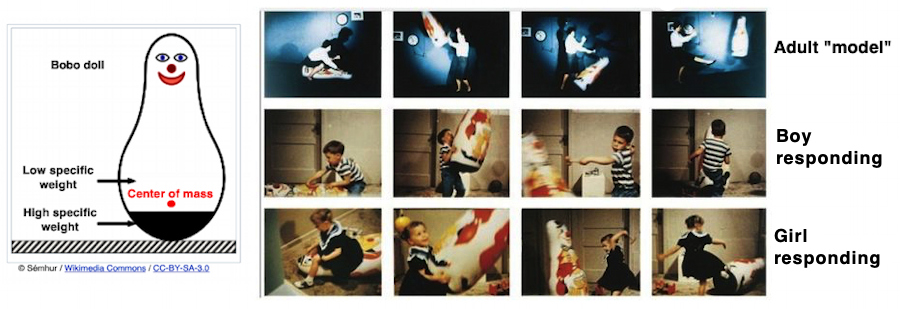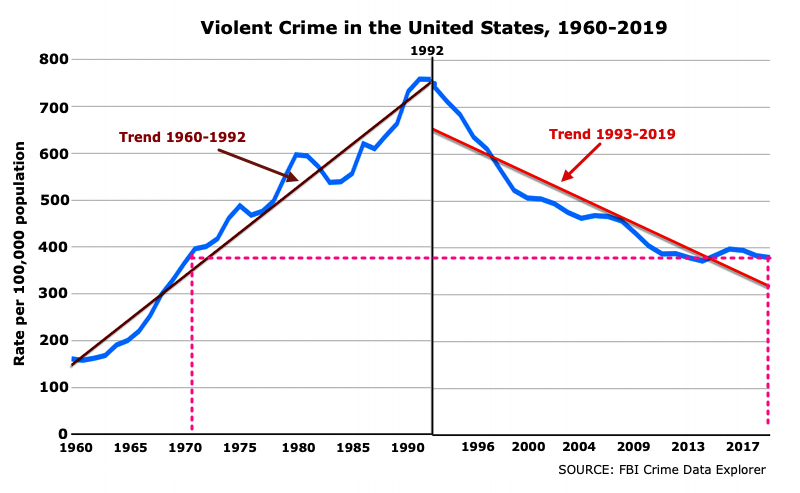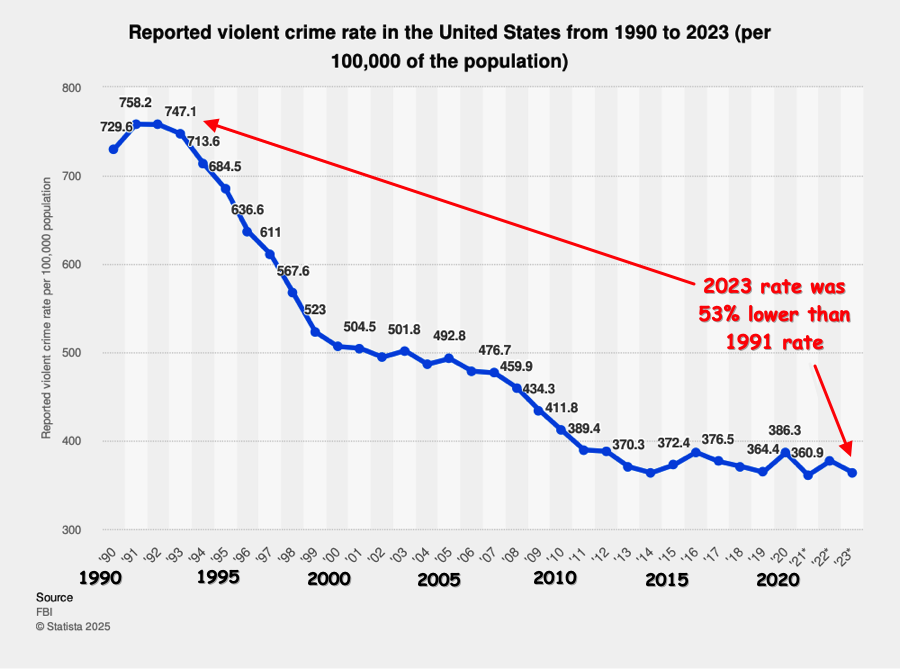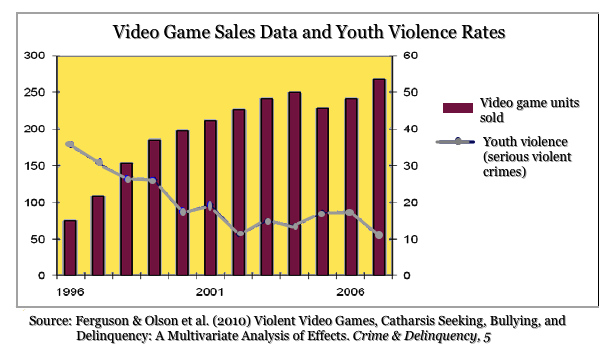| PSY
101
|
||
 Observational
Learning (Albert Bandura)
Observational
Learning (Albert Bandura)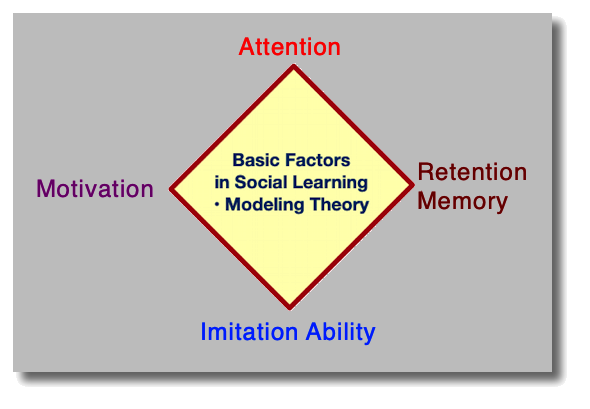
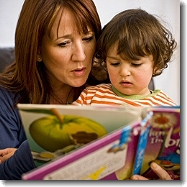 Parent & Child
Mother reads to her child Husband beats his wife Father responds with concern for child's illness |
 Buyer & Salesperson
Assertive buyer bargains and receives a good price for a product |
 Co-Workers & Boss
Co-worker complains to boss by screaming and is fired Supervisor treats other employees respectfully and is promoted |
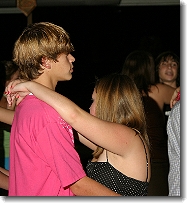 Peers
Guy in group speaks easily with girls at a junior high school dance while other guys watch what he says and does |

